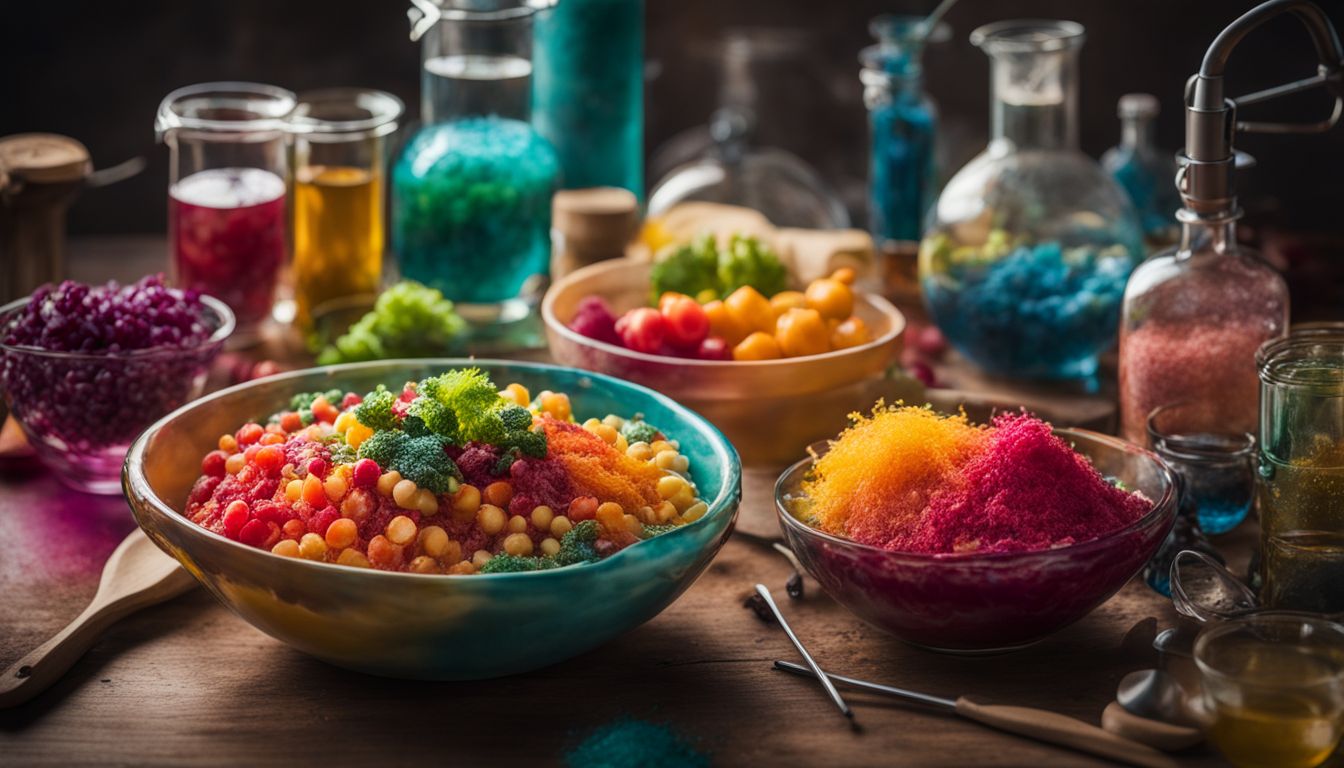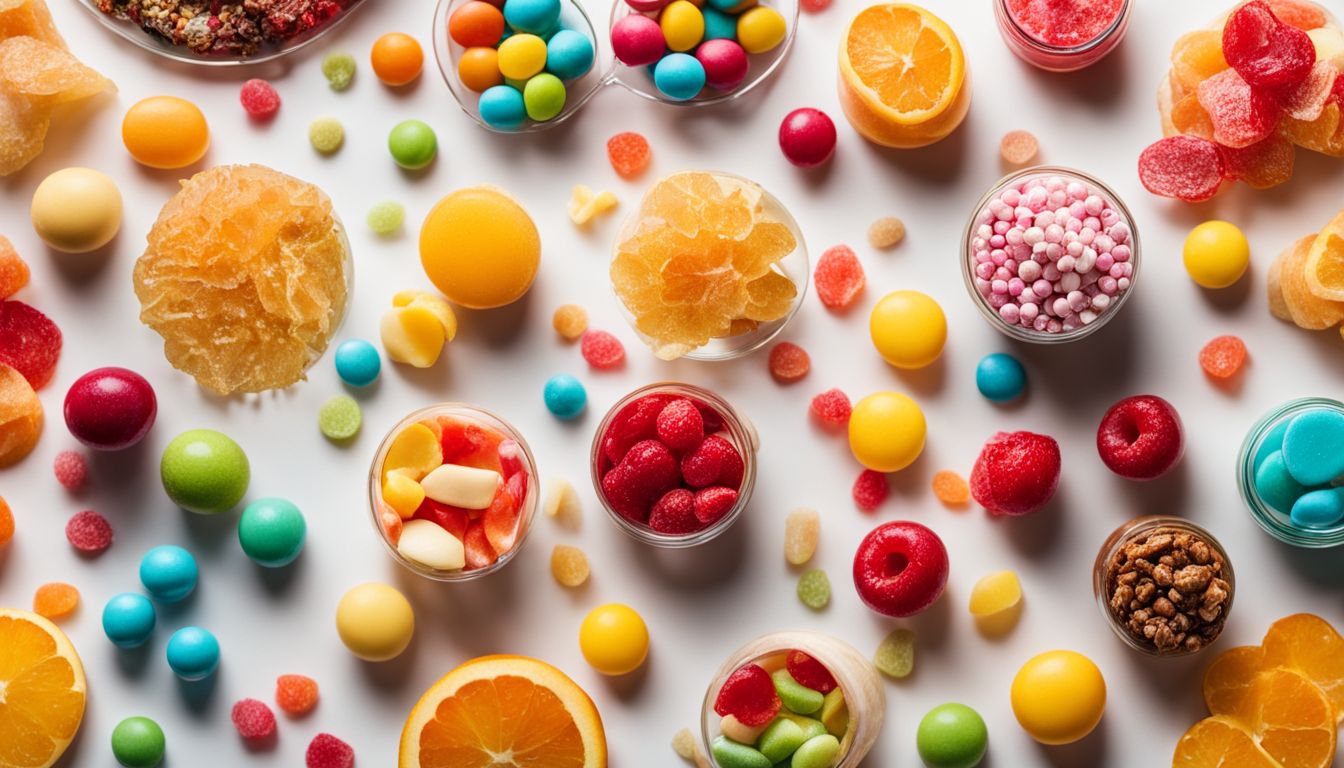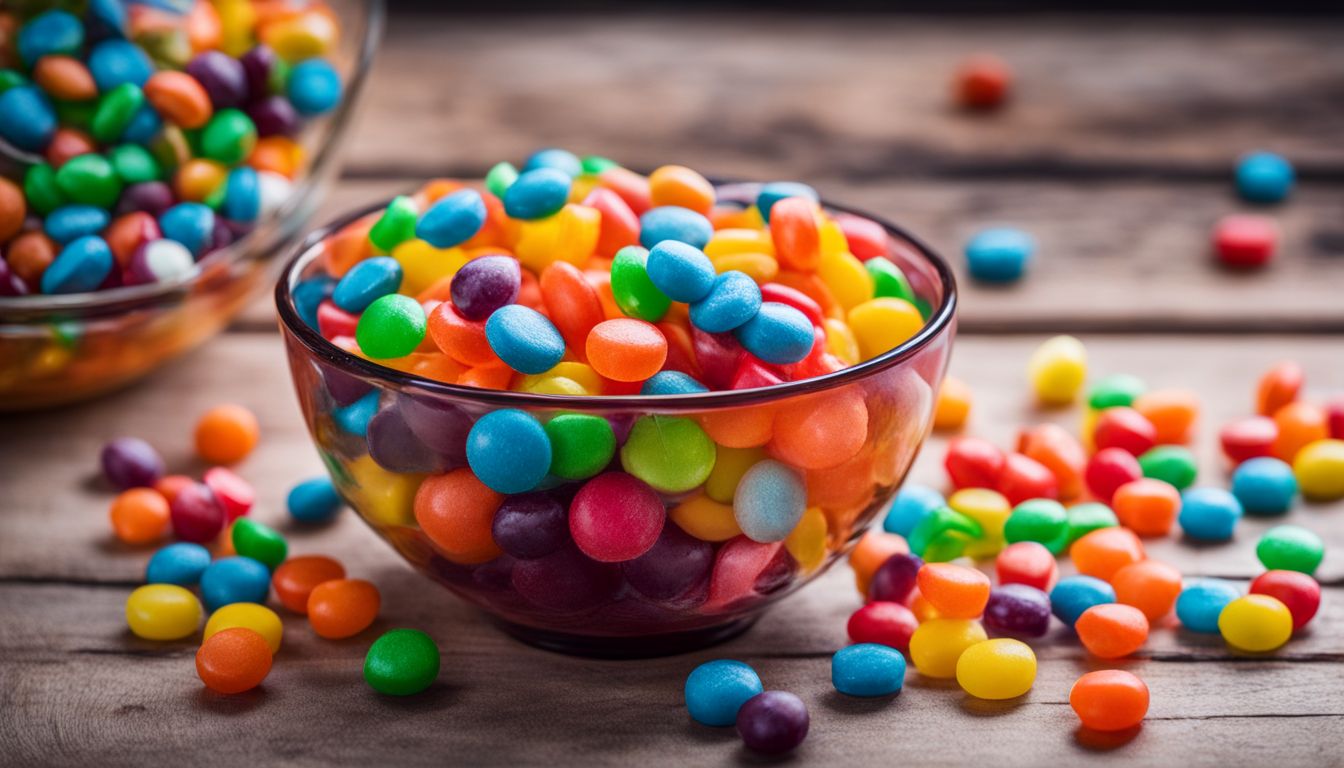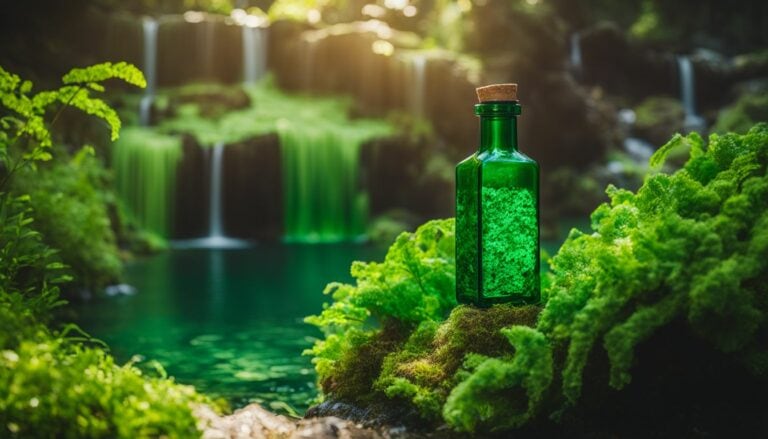Is Your Favorite Color Toxic? What Is the Most Harmful Dye in the USA
What is the most harmful dye? Struggling to decipher the labels on your favorite foods? You’re not alone – many are unaware that harmful dyes may be lurking in our everyday meals. Research indicates that certain food dyes, such as Red 40, Yellow 5, and Yellow 6 could potentially pose serious health risks.
In this article, we delve into the world of artificial food coloring to identify the most harmful dye and how you can protect your well-being. Read on to embark on a colorful journey towards healthier choices!
Key Takeaways
- Red 40, Yellow 5, and Yellow 6 are the most harmful food dyes commonly used in the US.
- These dyes can cause increased inflammation and disrupt our immune systems.
- They may also be contaminated with cancer – causing substances and contribute to hypersensitivity reactions, especially in children.
Harmful Effects of Artificial Food Dyes

Hypersensitivity reactions, especially in children, are also a concern when it comes to these harmful dyes.
Increased inflammation and disrupted immune system

Food dyes can hurt your health in many ways. They can lead to more swelling and upset your body’s defense system. For example, Red 40, Yellow 5, and Yellow 6 are often tainted with bad stuff that makes you sick.
These three food dyes make up most of the dye used for food in the US. They are also found a lot in snacks aimed at kids. This is worrying because these dyes do not come from nature; they’re made from oil-based chemicals.
Some research shows that removing these artificial dyes from what we eat and embracing sustainable dye might help us feel better overall. So it’s clear: eating too much artificially dyed food isn’t good for us.
Contamination with carcinogens

Red 40, Yellow 5, and Yellow 6 are popular food dyes used in the US. Sadly, these dyes have a dark side – they can be contaminated with cancer-causing substances. Yes, you read that right.
Studies have found that these food dyes contain known carcinogens or cancer-causing substances. It’s concerning because these synthetic petroleum-based chemicals are found in many processed foods and beverages that we consume every day.
So when we eat something colored with Red 40, Yellow 5, or Yellow 6, we might unknowingly expose ourselves to harmful chemicals linked to cancer.
Potential cancer-causing properties

Red 40, Yellow 5, and Yellow 6, the most commonly used food dyes in the US, have been found to be contaminated with cancer-causing substances. These synthetic dyes are often used in processed foods, especially those marketed to children.
Studies have shown that these dyes can increase the risk of developing cancer. It’s important to be aware of this potential harm and limit our consumption of artificial food dyes to safeguard our health.
Hypersensitivity, especially in children

Artificial food dyes can cause hypersensitivity, especially in children. Some children may experience allergic reactions when consuming foods or drinks that contain these dyes. Studies have found a link between food dyes and increased ADHD or hyperactivity in children.
Removing artificial dyes from the diet has been shown to improve behavior and symptoms in some cases. Yellow 5, one of the most commonly used food dyes, has been found to cause hives and asthma symptoms in some individuals.
It’s important for parents to be aware of the potential hypersensitivity risks associated with artificial food dyes and consider limiting or avoiding them altogether.
Specific Dyes with Health Concerns

Erythrosine (Red 3) has been linked to an increased risk of thyroid tumors. Contaminated dyes like Red 40, Yellow 5, and Yellow 6 have also been found to contain carcinogens. Discover more about these concerning dyes and their potential health effects.
Erythrosine (Red 3) and thyroid tumor risk
-and-thyroid-tumor-risk-9a24d811d2-814263716.jpg)
Erythrosine, also known as Red 3, is one of the specific food dyes with health concerns. Studies have shown that it may pose a risk of developing thyroid tumors. This means that consuming foods or drinks containing this dye could potentially increase your chances of developing tumors in your thyroid gland.
It’s important to be aware of this risk and consider limiting or avoiding products that contain erythrosine to prioritize your health and well-being.
Contaminated dyes (Red 40, Yellow 5, Yellow 6) with carcinogens
Red 40, Yellow 5, and Yellow 6 are three of the most commonly used food dyes in the United States. Unfortunately, studies have found that these dyes can be contaminated with carcinogens or cancer-causing substances.
These harmful chemicals pose a serious health risk to consumers. It is concerning that such widely used food dyes could potentially harm our health in this way. We need to prioritize research and regulation to ensure the safety of our food supply and protect ourselves from the potential dangers of contaminated dyes.
Allergies caused by Food Dyes
Some people can have allergies to food dyes. One study found that Yellow 5, which is a common food dye, can cause hives and asthma symptoms in some individuals. These allergic reactions can happen even with small amounts of the dye.
It’s important for people who are sensitive or have allergies to be aware of the potential risks associated with consuming foods that contain artificial dyes.
Conclusion: The Need for More Research and Safeguarding Health

In conclusion, the use of artificial food dyes has been linked to various harmful effects on our health. These include increased inflammation, potential cancer-causing properties, hypersensitivity in children, and contamination with carcinogens.
It is crucial for more research to be conducted in order to fully understand the dangers associated with these dyes and to prioritize safeguarding our health by limiting or avoiding their use.
Take Home Message: Limiting or Avoiding Artificial Food Dyes

Artificial food dyes can have harmful effects on our health. These dyes, like Red 40, Yellow 5, and Yellow 6, are commonly used in processed foods. They have been linked to increased inflammation, disrupted immune systems, and potential cancer-causing properties.
Some studies also suggest a connection between these dyes and ADHD or hyperactivity in children.
It’s important to limit or avoid artificial food dyes as much as possible. Look for products that use natural alternatives for coloring instead of synthetic dyes. Pay attention to ingredient labels and choose foods without added colors when you can.
By reducing your intake of artificial food dyes, you may be able to improve your overall health and well-being.
Remember that more research is needed on the long-term effects of artificial food dyes. In the meantime, taking steps to limit your exposure is a proactive way to safeguard your health.
FAQs
1. What is the most harmful dye?
The most harmful dye is often considered to be para-phenylenediamine (PPD), commonly found in dark hair dyes.
2. How does PPD harm the body?
PPD can cause allergic reactions and skin irritation, including redness, itching, and swelling. In severe cases, it can lead to blistering or chemical burns on the scalp or skin.
3. Are there any natural alternatives to harmful dyes?
Yes, there are natural alternatives to harmful dyes such as henna or vegetable-based dyes that do not contain harsh chemicals and are gentler on the hair and scalp.
4. How can I avoid using harmful dyes?
To avoid using harmful dyes, you can opt for natural hair colors or consult a professional hairstylist who uses organic or ammonia-free products for coloring your hair safely.







